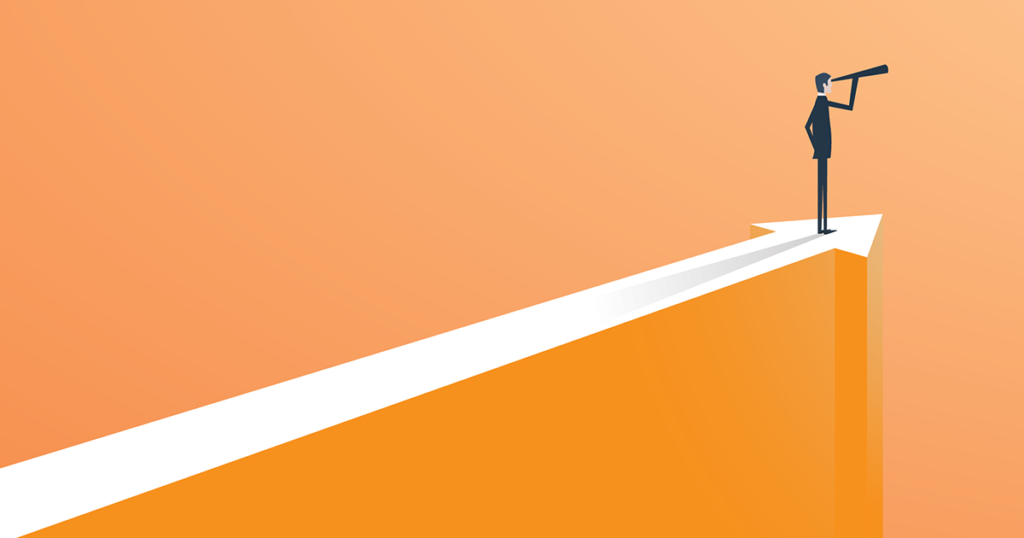What can we expect from the industry?
2019 was a significant year for Appello, and for the telecare industry as a whole, because we saw real momentum build in the digital revolution that will transform the telecare industry irrevocably.
Revolutions rarely happen overnight, often unfolding over time. When we started talking about the digital switchover over half a decade ago, we were often a lone voice.
Happily, that has changed because of a trio of catalysts; the approaching digital switchover, a new generation of tech-savvy and digitally-native telecare consumers and the wide availability of next generation digital wellbeing technology. Digital telecare is truly having its time. So, what will the next year of telecare look like?
The maturity of digital telecare
If 2019 was the year that the industry truly got on board with digital telecare, 2020 and the years that follow will see some very significant shifts. The much-discussed digital switchover will become a reality and the awareness of, and reliance upon, digital telecare will rise in line with its success.
In 2019 we received our 2 millionth digital call to our monitoring centre, and that figure will increase rapidly with the growing adoption of digital telecare this year. We are seeing more housing providers embrace larger scale digital projects, following a number of years of trials and test beds. As we approach the end date for the digital switchover mid-decade, whereby legacy analogue telecare technology may cease to work on the new digital telecoms network, this sense of proactivity is only going to increase.
Standards set the direction
Will 2020 be the year that digital becomes the minimum standard for telecare? Too many analogue and hybrid Telecare devices are still being deployed.
The safety and wellbeing benefits to individuals of digital Telecare are so transparent, and the advantages for housing providers so evident, that setting a true end-to-end digital benchmark for procurements is surely the only sensible option for customers safety and wellbeing.
Full portfolio upgrades will drive digital adoption
Incredibly there are now only a handful of budget cycles left before 2025 and the digital switchover. For housing providers, this provides an opportunity to really focus on their digital strategy. To look at how they will plan and budget for the necessary upgrades for their whole portfolio, rather than taking a piecemeal approach.
The vital thing to remember though is that these upgrades are a way for organisations to deliver their strategic goals such as improved customer experience, improved inclusivity and increased operational efficiency. They are not a necessary evil; they are a strategy enabler.
Expansion of digital functionality
Motivated by the digital revolution, telecare has already come a long way in a relatively short period of time, after many years of changing very little.
Analogue telecare was no more than a button and box solution. Digital offers endless possibilities. It’s similar to moving from a landline telephone to a smart phone. Although raising an emergency alarm will always be the core functionality, there are many secondary benefits such as integrated video calling that improve the lives and wellbeing of customers.
In 2020 we will see these secondary functionalities expand even more in parallel with changes in consumer needs and expectations. Furthermore, even greater integration with other safety, wellbeing and environmental technologies will provide an array of new possibilities.
Analytics will change everything
Digital telecare has opened up large amounts of data that was previously not available. In the past housing providers were ultimately blind to the usage of equipment, and system health. In a digital environment all this information is readily available. It can be amalgamated with other data sources and accessed on the go.
During the early years of digital, housing providers have found this availability of data immensely valuable. On the ground, housing and/or care staff have benefitted from the efficiencies that greater data insight have enabled – meaning they can improve their delivery for their customers. For example housing providers have been able to use data to gain greater insight into their housing stock, their allocation of resources and the service they provide to residents.
It is here that we predict that we will see significant strides in 2020, as service providers become more knowledgeable on how they can use data and where it can benefit their organisation. The move towards open protocols and the Internet of Things (IoT) is creating huge possibilities from integrated technology. Taking a best of breed approach allows telecare providers to mix and match technology to provide a service that suits them best. When you bring the insights from many different technologies together through a single view of an individual. Providers can make better, informed decisions through real-time data.
The power of people, technology and data
But let’s not forget that people are the cornerstone of telecare. Insights create opportunities for people to deliver better care, it should never replace the human touch. From a carer’s perspective, better insights allow them to monitor the needs and changes of older people on a day-to-day basis, adapting and responding to circumstances as they change and increase their efficiency in planning visits.
2020 will see the realisation of the power of people, technology and data. We will see how technology blends with people to provide a service that will support the next generation of older people to live safer, happier, connected lives. And, we really can’t wait to play a role in realising that.

